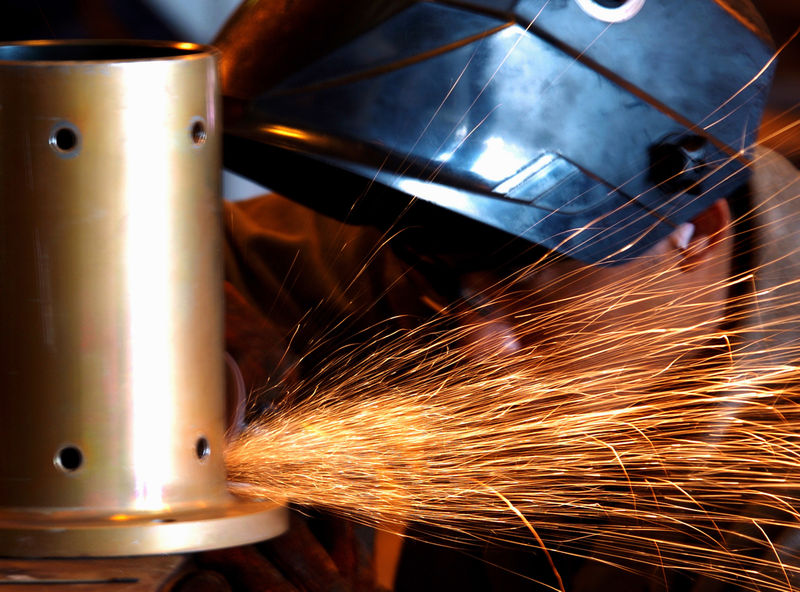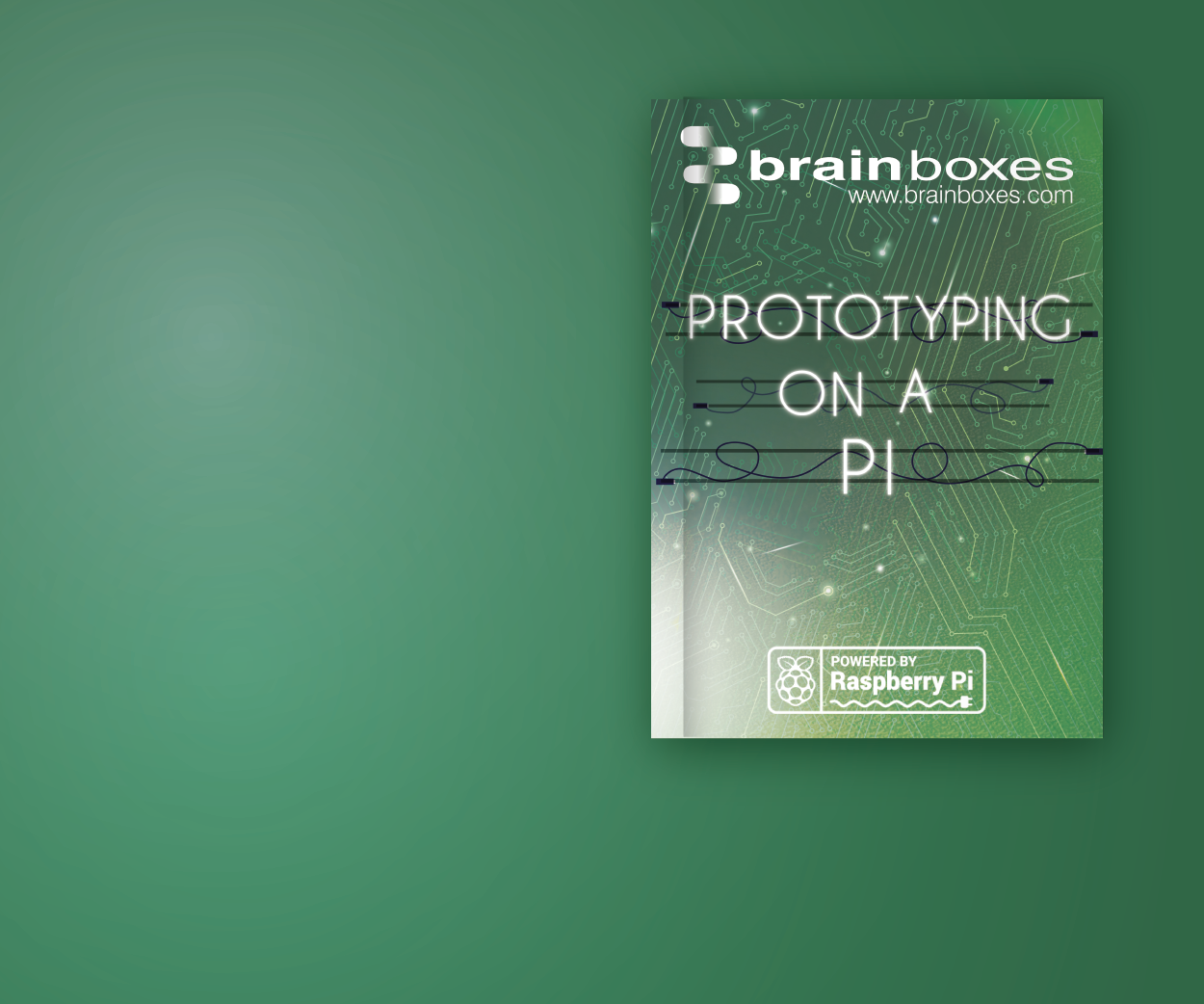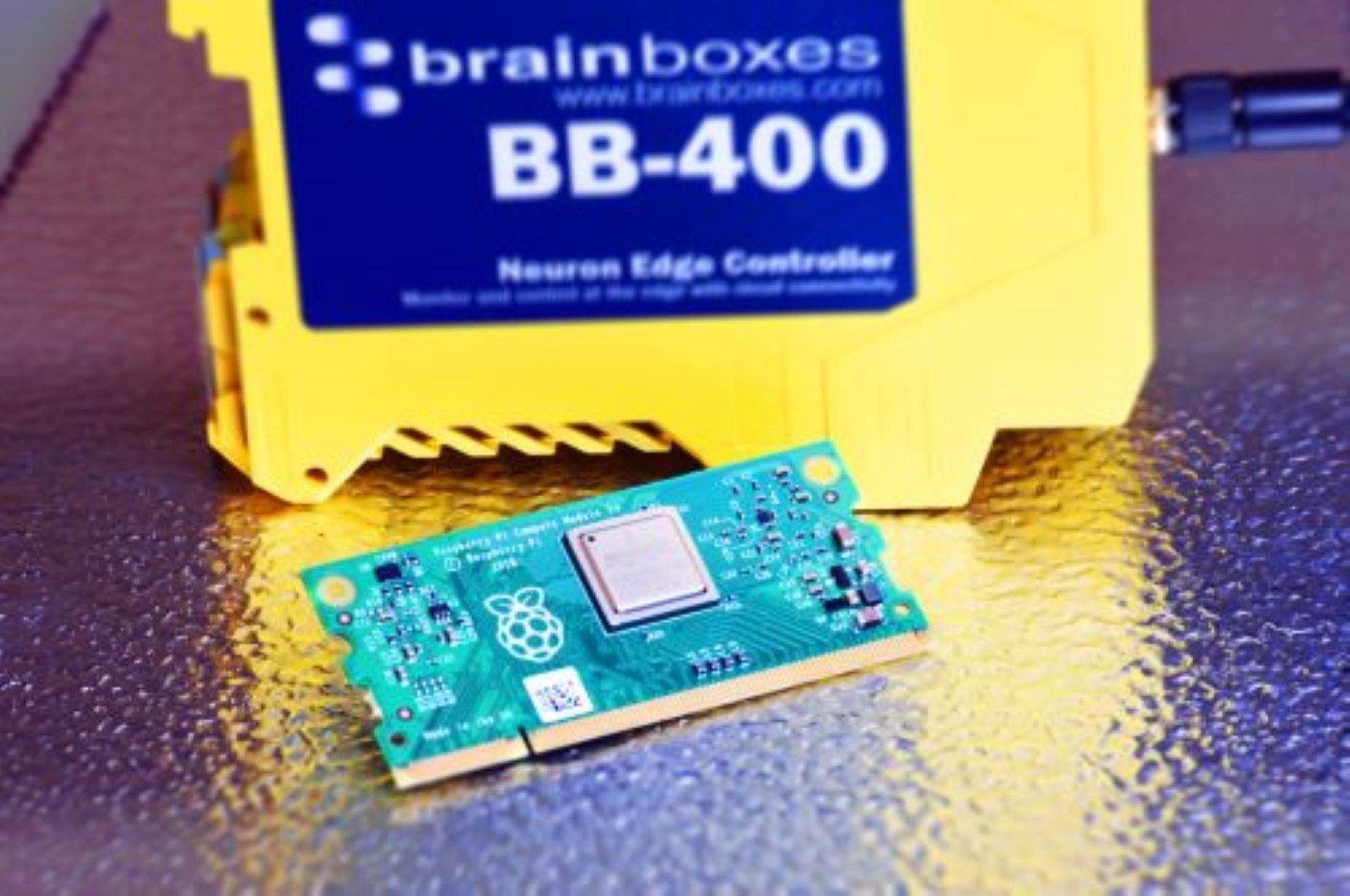Deploying a Raspberry Pi Prototype Straight to Industry
Why is Raspberry Pi so popular with engineers?
The availability of fantastic open source software makes Raspberry Pi special. Selling over 30 million units worldwide, Pi has become so much more than the educational tool intended to get school aged kids interested
in computer science. In a world dominated by massive data centres and cloud-based applications, engineers love the low-cost computer for the accessibility it affords to IIoT projects.
After completing and validating an industrial Pi prototype, engineers are faced with a decision; switch to a platform created specifically for the rigours of the factory floor and risk increasing the cost and time to market, or gamble with deploying the prototype.
Can Pi connect to industrial sensors?
Sensors, typically requiring 12-24V power and signalling changes using the same voltage, are essential to any industrial application that requires automated control. Raspberry Pi’s GPIO input circuitry can be driven to either 3.3V (high) or 0V (low). So, whilst a 12V industrial sensor might initially work hooked up straight to a Raspberry Pi, in long-term projects the incompatibility of the currents will almost certainly cause problems.
Connecting a sensor to Raspberry Pi directly often means stripping the sensor’s wiring and soldering the cable to the correct GPIO pin. The 12 or 24V of an industrial sensor will then be driven straight to the Pi with nothing in the way to protect Pi’s internal circuitry, including the processor. By adding extra circuitry as a buffer between the input pin and the Pi, it is possible to extend the processor’s source/ sink current capabilities, and prevent excessive power dissipation in the chip.

Can industrial EMI cause problems for a Pi prototype?
Industrial environments are often loud, but it’s the silent noise – the electronic interference – that can damage the performance of sensors and communications systems or stop them from functioning altogether.
There are varied solutions for EMI management – increasing the distance between the source and the susceptible device, rerouting cables, even experimenting with the orientation of devices can limit problems. However, particularly in an environment with many potential sources of interference, the best solution is to ensure equipment is designed to minimize emissions and be less vulnerable to external EMI.
How hot is too hot for Pi in industry?
To keep costs low, the Raspberry Pi is built with commercial-grade chips which are qualified to different temperature ranges; the Microchip LAN7515 is qualified from 0°C to 70°C. The SoC (System on Chip – the integrated circuit that does the Pi’s processing, a Broadcom BCM2837B0) is qualified from -40°C to 85°C.
In some tests, the Pi’s SoC has been shown to exceed 100oC, when pushed beyond its qualified operating temperature range its long-term performance is not guaranteed.
Fortunately, any solution that decreases the effect of high temperatures, such as moving Pi into an upright orientation, adding an external fan, or employing a heat-sink, can help keep Pi’s SoC under the soft limit.
.png)
What are the industrial power considerations?
Raspberry Pi is powered by a very specific +5.1V and 2.5Amps supply – the majority of factories with have power supplies of 12/24 VDC. Alongside this mis-match of input supplies, in a factory where a common attempted fix for a malfunctioning machine might be to pull the power rather than diagnose the root cause, the resulting memory corruption issues can cause expensive downtime.
How does Brainboxes BB-400 industrialise Pi for the
factory floor?
Brainboxes BB-400 Industrial Edge Controller equips Pi with hardware fit for purpose, an industrial Raspberry Pi that eliminates the need to gamble with a system that doesn’t meet specs.
• 8 Digital IO lines – sensors and actuators are not wired directly to the Pi, rather electronics between the input pin and the chip do the work which prevents industrial voltages damaging the Pi.
• Embedded numbered terminal blocks – no soldering to create secure connections allowing multiple reconfigurations. It’s a lot easier to decipher correct connections when you don’t have to count down a row of tiny header pins!
• Fully EMC compliant – the BB-400 doesn’t emit significant amounts of EMI, and crucially for industrial applications, continues to function as intended in the presence of machines and devices that do.
• Custom aluminium heatsink – maximised surface area to utilise thermal conduction and draw heat away from the processor.
• 5-30 VDC power supply – wide voltage input matches industrial power supplies.
• UPS power management – Dual redundant supply means that if one power supply fails, the other will take over straight away reducing the risk of memory corruption. On board super capacitors offer clean shutdown if power is interrupted, and an onboard log to document
exactly when power failure occurred.


